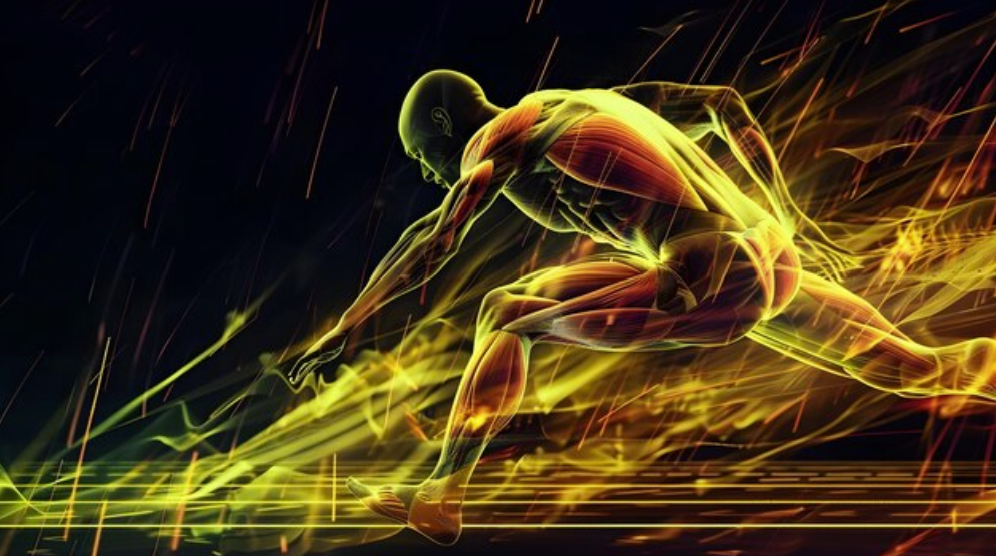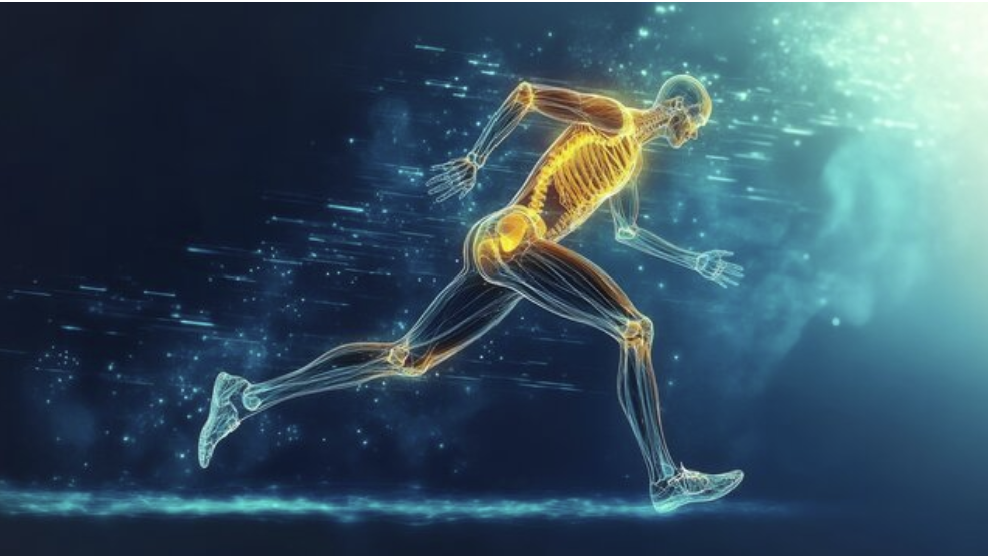
The body achieves what the mind believes. A simple statement but when put to practice, it can be one of the most powerful tools we have when it comes to execution of a race plan. Visualization is not just a term thrown around in popular science to be trendy. When we visualize success repeatedly, the mind treats it as a learned behavior. This is profound and can be leveraged to your performance. The mind does not know the difference between visualized success and living it out. The best performers in the world, especially in sport, utilize visualization to prepare their minds. The brain is the biggest reason why we either succeed or fail. There is a reason why Olympians, world champions, and the world’s best athletes use visualization to prepare their minds. This mental prep work does 2 things: firstly, it puts the mind in the situation that is coming, and secondly it gives us the opportunity to visualize success. So how do we use visualization to help us become better runners:
How to visualize your performance:
– Find a quiet room with no distractions
– Turn the lights off
– Lay on your back and breathe in and out quietly through the nose.
– Think in EXTREME detail of your best performance you’ve ever had.
o Smells, sounds, voices, temperature, time of day.
o How tight were your shoes, what clothes were you wearing, how was your breathing, what color of jersey did you have on, what did it feel like you crossed the finish line?
o How did your foot strike feel when you hit the ground? What did the track, or road feel as you ran around it?
– Basically, as finite of details as possible the more details the better.
By recalling a past success, it puts the mind in a state of successful energy. When you program your mind to think successfully then you are more likely to think about the things that promote success vs failure. Failure to prepare is preparing to fail… Successful preparation, is preparing to succeed. If the mind knows nothing but success then it literally doesn’t know what failure is. When we watch a violent movie, psychology says that it’s equivalent to those of lived experiences. That’s why violent videogames have been shown to shrink emotional centers of the brain because the brain actually believes you are doing those things for real.
Visualization:
- Michael Phelps visualized his races extensively, even to the point of creating a “videotape” in his mind of every possible scenario, both positive and negative. He would visualize perfect races, as well as situations where things went wrong, like his goggles filling with water. This meticulous mental rehearsal helped him stay calm under pressure and perform optimally in actual races.

Activates the Brain Like Real Practice
- MRI studies show that visualizing movement activates the same motor cortex areas as physically performing it.
- This reinforces neural pathways and improves motor coordination without any physical effort.
- Mental rehearsal gives your brain a sense of familiarity with the upcoming challenge.
- Less novelty → less stress → smoother performance.
- “I visualized myself winning the Olympics thousands of times.”
— Michael Phelps - “Mental rehearsal is just as important as physical practice.”
— Kobe Bryant - “I would lie in bed before a match and imagine myself winning every point.”
— Serena Williams
Affective Imagery
- Visualizing the emotions you’ll feel: calm on the line, joy after a breakthrough, grit at mile 4.
- Helps regulate emotional states under pressure.
- Trains your brain to associate stress with strength, not fear.
- Be a champion before the race starts.
Visualize your feet and hands tied to helium balloons. They will become lighter and you’ll notice your form coming easier
Research:
- A 2024 meta-analysis of 86 studies involving nearly 3,600 athletes found that imagery practice significantly improves outcomes across various sports, including strength, agility, and skill execution. The study highlights that combining imagery with 1–2 other psychological skills training (PST)—such as self‑talk or video modeling—produces larger benefits than imagery.
Recommended dosage: ~10 minutes per session, 3×/week over ~100 days for the strongest effect
- A 2025 mixed‑methods study with 500 athletes demonstrated that structured guided imagery over several months significantly increased imagery ability and athletic performance—especially among higher-performing athletes. Tailoring imagery to an athlete’s profile boosts effectiveness
- A 2014 study showed that imagining strength training of immobilized limbs preserved up to 24% more strength than no mental training at all.
“Mental imagery training of the quadriceps mitigated atrophy and strength loss in subjects with immobilized legs.”
— Clark et al., Frontiers in Human Neuroscience, 2014
- Visualization Reduces Pain & Speeds Healing
- Athletes using guided imagery reported faster return to sport and lower perceived pain and anxiety.
“Imagery and relaxation training positively impacted recovery time and psychological wellbeing in injured collegiate athletes.”
— Cupal & Brewer, Journal of Sport & Exercise Psychology, 2001
- Imagery Maintains Technical Skill- Especially while performing.
- Even when physical movement isn’t possible, visualizing form, drills, and race-day effort keeps motor patterns sharp and easier to regain later.
- Self-Determination & Confidence
- Athletes who used goal-based imagery during rehab stayed more motivated and avoided depression, which is common during long layoffs.
Quotes:
1. Michael Phelps – “I Played the Tape”
💬 “Before I race, I always visualize the perfect race. I see every stroke. Every turn. Every breath. So when it actually happens, it’s like I’ve already done it a thousand times.”
- Phelps’ coach, Bob Bowman, had him rehearse every possible scenario—from a perfect race to having his goggles fill with water.
- In the 2008 Beijing Olympics, during the 200m butterfly final, Phelps’ goggles actually filled with water—he couldn’t see for most of the race.
- But he won gold and set a world record, because he had visualized racing blind and counting strokes.
✅ Lesson: Visualization can prepare you for chaos and build calm confidence.
- Muhammad Ali – “I Am the Greatest”
- Ali’s legendary confidence wasn’t just bravado—it was mental rehearsal.
- He constantly visualized winning, hearing the crowd, seeing the referee raising his hand.
- He used mental imagery to develop identity:
💬 “I said I was the greatest before I knew I was.”
Lesson: Visualization can sculpt identity, not just strategy.
Ohio Sports Chiropractic and Rehab
📍 10360 Northfield Rd, Northfield, OH 44067
📞 (330) 908-0203
🌐 ohiosportschiropractic.com
